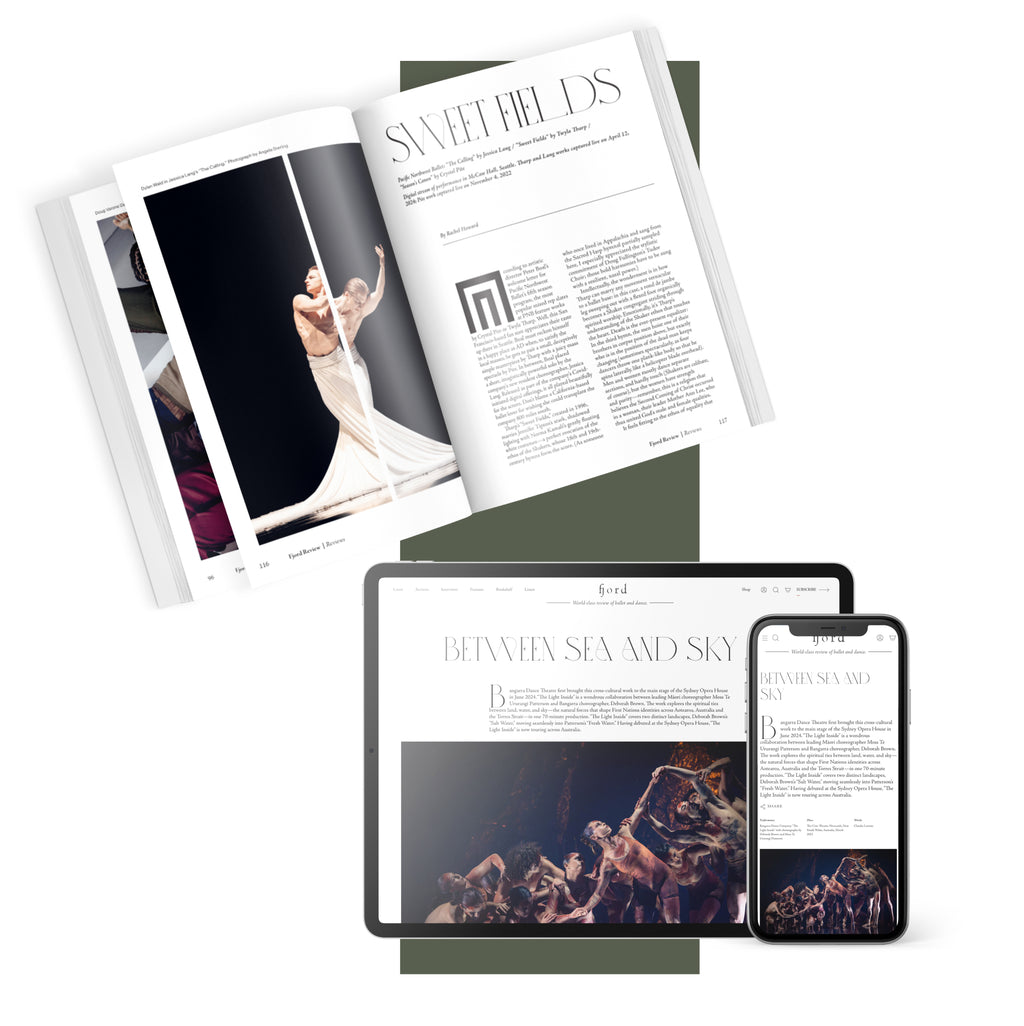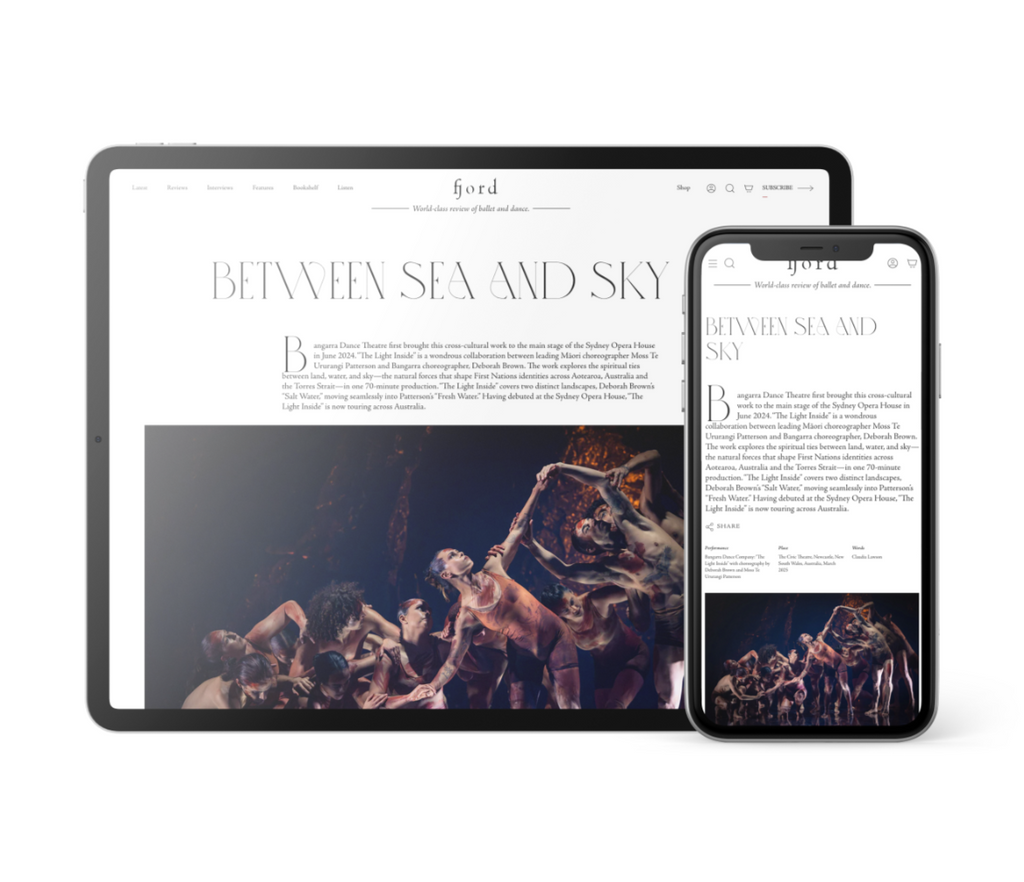As soon as the curtain opened, revealing Rouben Ter-Arutunian’s colorful, whimsical set, I felt like I had stepped back in time and into the pages of my Darcey Bussell book. The pastel, flower-adorned costumes, also designed by Ter-Arutunian (with the exception of the third act Dawn, Prayer, Spinner, and children’s costumes, which were created by the incomparable NYCB costume maven Karinska), seemed to be pulled straight from my ballet-obsessed, six-year-old brain. The music, by Léo Delibes, isn’t as woven into my soul as the scores of Nutcracker and Swan Lake, but it still filled me with sonic-based nostalgia as I mentally revisited the barre combinations of bygone days.
“Coppélia” follows a young woman, Swanilda, and her lover, Frantz. Both enjoy making mischief in their village, and one of their targets is Dr. Coppélius, an old, eccentric toymaker. A beautiful young woman, Coppélia, who sits on the toymaker's balcony reading—but never interacting with the other townspeople—intrigues both Swanilda and Frantz. When, upon breaking into Coppélius’s workshop with a gaggle of friends, Swanilda discovers Coppélia is actually a doll, she decides to dress in her clothes to fool Dr. Coppélius. Simultaneously, Frantz enters the workshop of his own accord to see Coppélia, on whom he harbors a not-so-secret crush. Dr. Coppélius, who attempts to cast a spell on Frantz to enliven his doll with energy from the man’s body, is overjoyed at his success—that is, until Swanilda reveals Coppélia’s crumpled up doll-body hidden behind a curtain.












comments